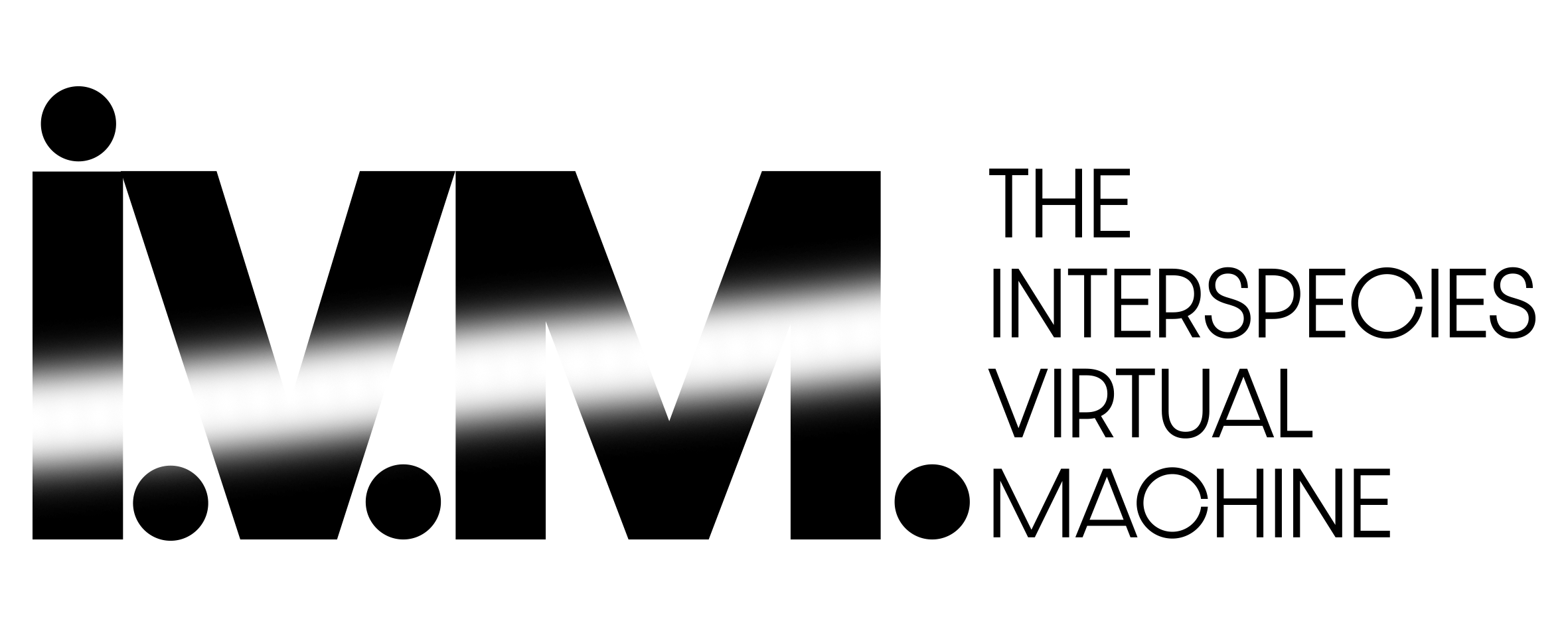

Intelligence, a term that conveys the capability of adapting to and modifying one's circumstances,
is not a rare occurrence, otherwise life on Earth could not exist. Acting as if the human intelligence
is the only valid form of intelligence is to diminish that the universe thrives on self-organizing structures
arising from matter itself.
Our minds are shaped by a civilization cemented on the
belief that human brains are THE synonymous of intelligence.
In reality this belief is a dangerous fantasy capable of
convincing us that thinking is exclusive to us humans
(and bonus to bonobos, elephants and dolphins), forming
"long-standing biases that have proscribed plants
from the spheres of intelligence, agency, and ethics",
in the words of botanist Monica Gagliano.
So, what is the IVM? The Interspecies Virtual Machine
grows an interface for decentralized cognitions to allow us, humans, to engage with
the vast otherness inhabiting Earth by amplifying care
rather than coercion.
Taking inspiration from writer Richard Brautigan,
While the ideas behind the IVM emerge from a divergent set of cosmologies, its potential relevance is
absolutely dependent on how it manifests, how it becomes reality, how it breaths, how it trespasses the
territory of sheer speculation. Said otherwise, the IVM needs to be grounded.
Under this premise, we have been developing a first IVM prototype that is, precisely, 'grounded' at a
small island, located near the coast of Maine, in the US.
Acquired in 1972 by legendary Land Artists Nancy
Holt and Robert Smithson, 'Little Fort Island' is the ecological point of departure for this early version
of the project. This small place embraces a paradoxical relationship to the artists: Initially, Smithson
had planned to develop one of his large Earthworks at the island but, upon visiting it with Holt, he changed
his mind after realizing that the place was "too picturesque" in comparison to the post-industrial landscapes
where his projects often took place. The following year Smithson tragically passed away. After that, any artistic
prospect came to an end as Holt was not going to create any work at the island either. In her will,
Holt transferred hers and Smithson's artistic custody to a foundation created for this purpose.
In 2020, the Holt/Smithson Foundation invited 5 artists - among them Oscar Santillan - to each created project
for the island, to revisit that early intention a half a century later. This commission led Oscar to further
research into the premises that were going to take the shape of this 'earthwork': an Interspecies Virtual Machine
growing from the island.
This first iteration of the IVM re-approaches the relationship between the two Land Artists and the island
by means of the following steps:
1. Environmental sensors gather real-time data from Little Fort Island, such as
temperature fluctuation, wind direction,
precipitation, among others. This sensed
data is understood not as a simple report,
but rather as an indication of ecological
agency.
Through this basic sense of agency (a pulsating will) the island modulates the behavior of an AI system.
2. This AI systema is made from a neural
network set corresponding to Nancy Holt
and a second set corresponding to Robert
Smithson. Each set has been trained with
texts from the corresponding artist and
his/her voice. Therefore, the AI system
is capable of manifesting some virtual
hints of Holt and Smithson.
3. The combined neural networks will
dream of virtual lands in which ecological
and artificial systems coexists in symbiotic
ways.

Smithson & Holt's synthesized voice for Tree with legs:
2022 Miles and Katharine Culbertson Prentice Distinguished Lecture: Oscar Santillan
Art& AI: Panel Discussion with Oscar Santillan
From Cybernetics to Animism. A conversation with Andrew Pickering.
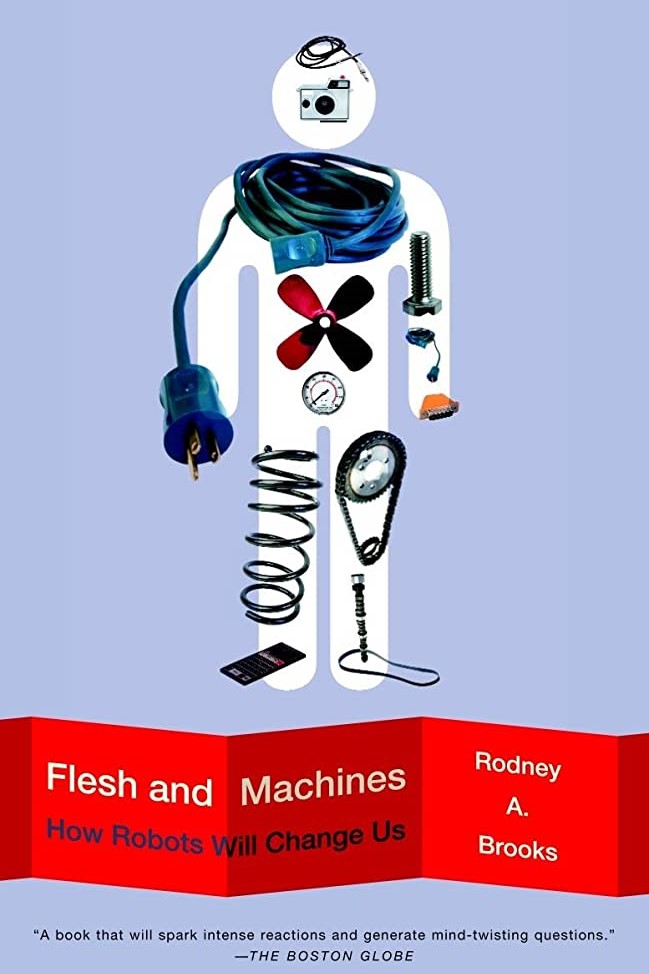
Flesh and Machines: How Robots Will Change Us
by Rodney Brooks
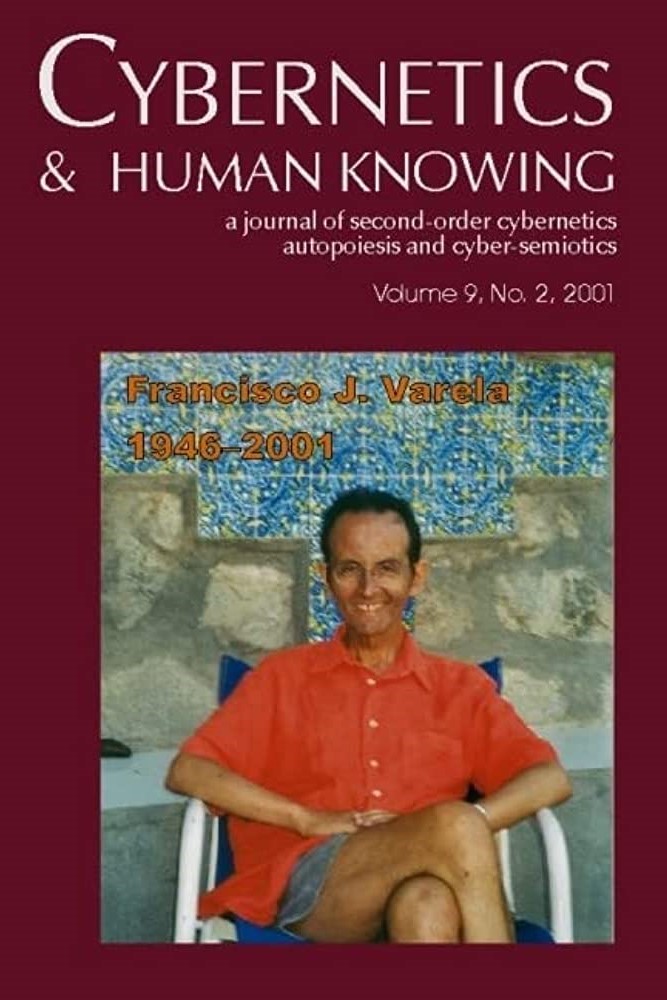
Cybernetics & Human Knowing
by Francisco J. Varela
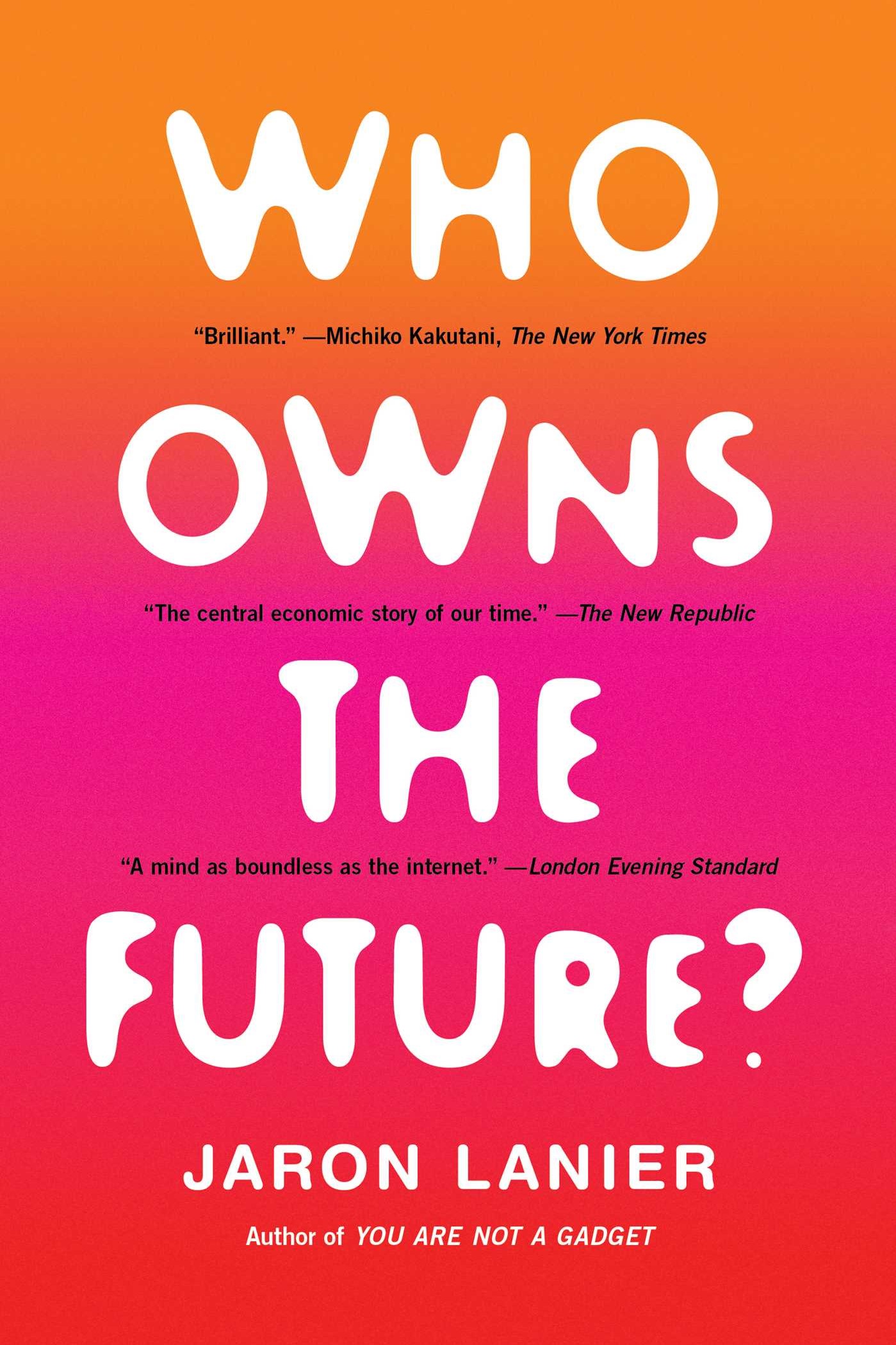
Who Owns the Future?
by Jaron Lanier

The Democracy of Species
by Robin Wall Kimmerer
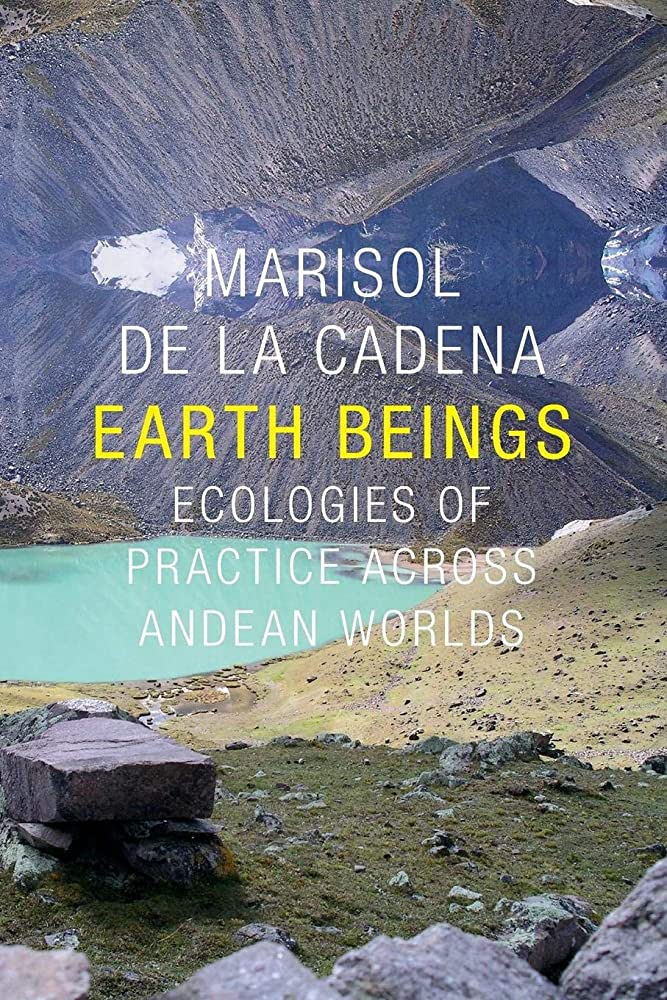
Earth Beings: Ecologies of Practice across Andean Worlds
by Marisol de la Cadena
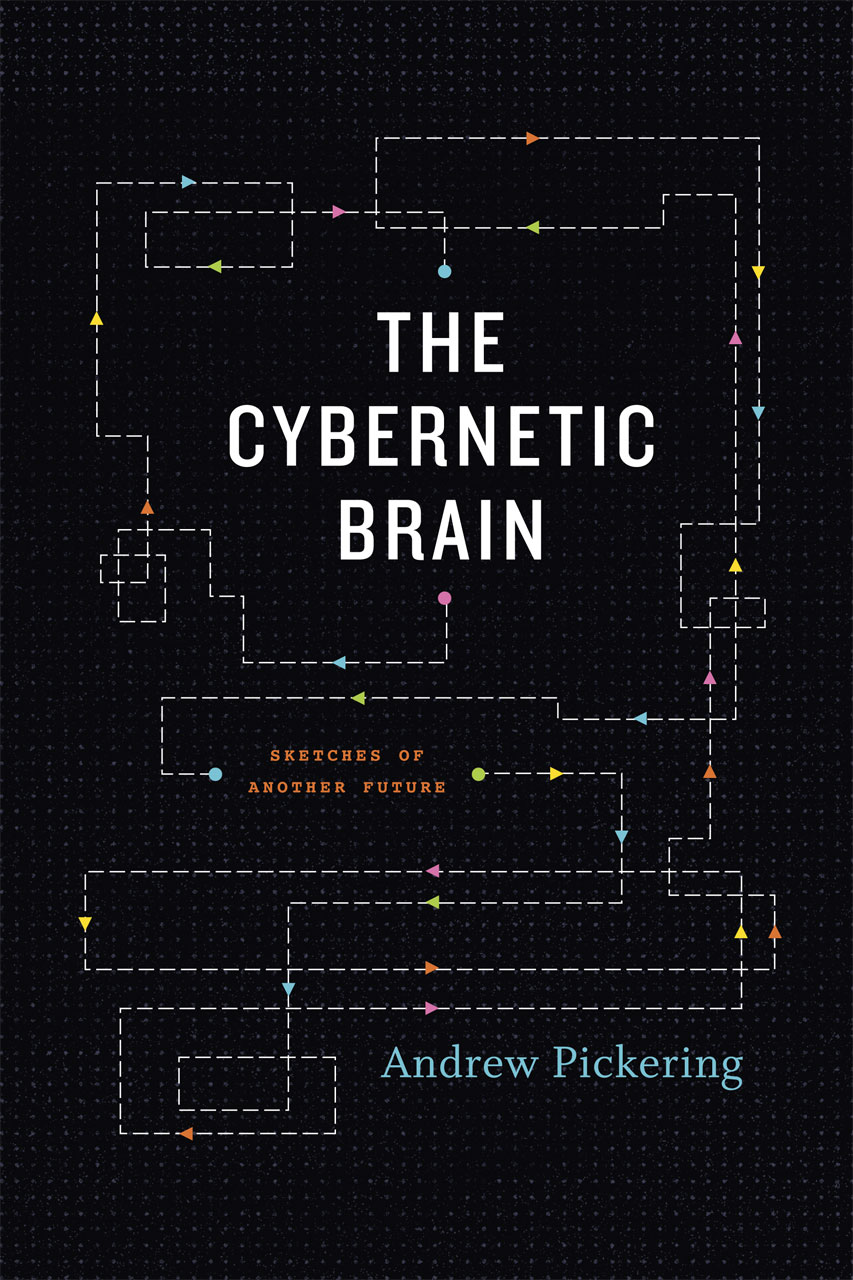
The Cybernetic Brain: Sketches of Another Future
by Andrew Pickering
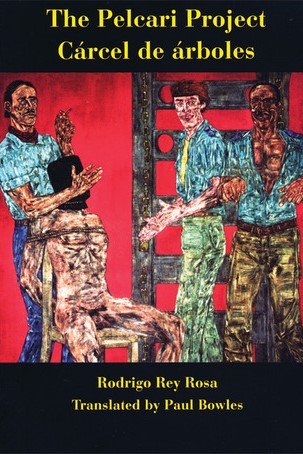
The Pelcari Project/Cardel de arboles
by Rodrigo Rey Rosa

Solaris
by Stanislaw Lem
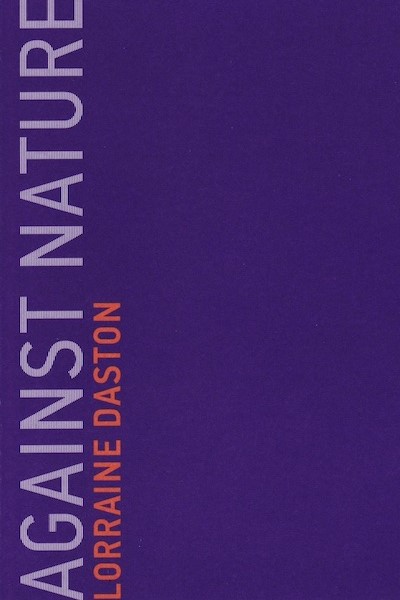
Against Nature
by Lorraine Daston
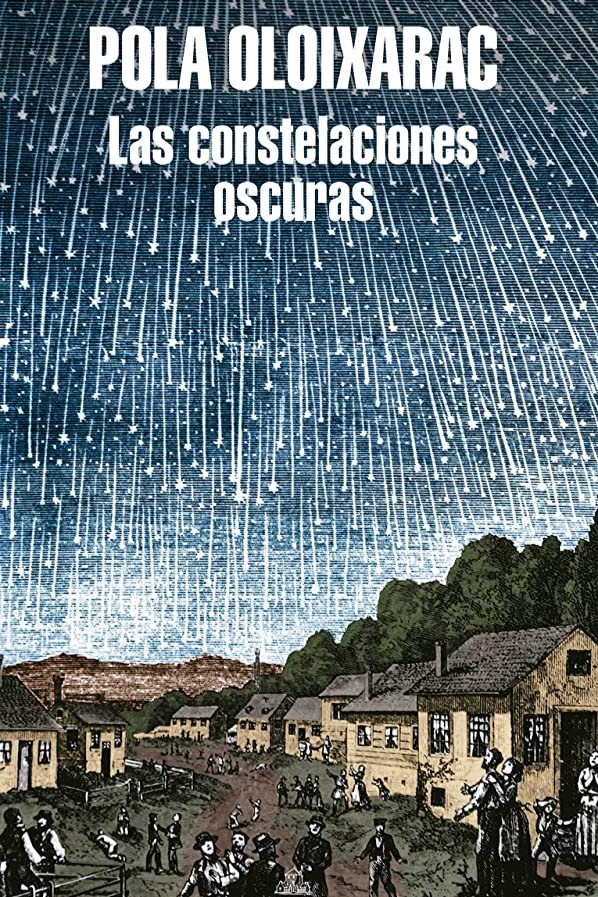
Las Constelaciones Oscuras
by Pola Oloixarac

The Revolutionary Genius of Plants
by Stefano Mancuso
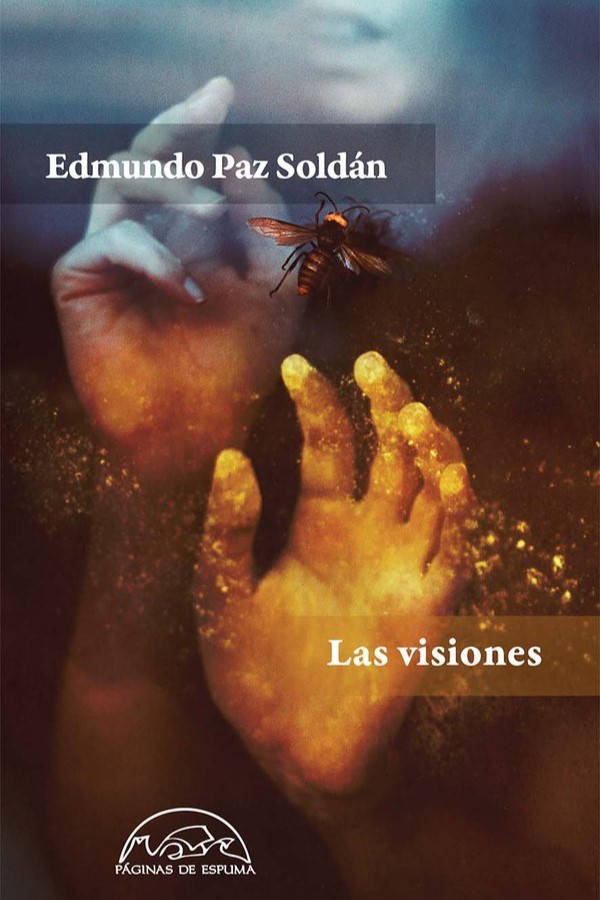
Las Visiones
by Edmundo Paz Soldan

Visual artist, co-founder of studio ANTIMUNDO. His artistic practice connects science with the unknown. Past works shown at LACMA [US], Yokohama Triennale [JP], & many others.
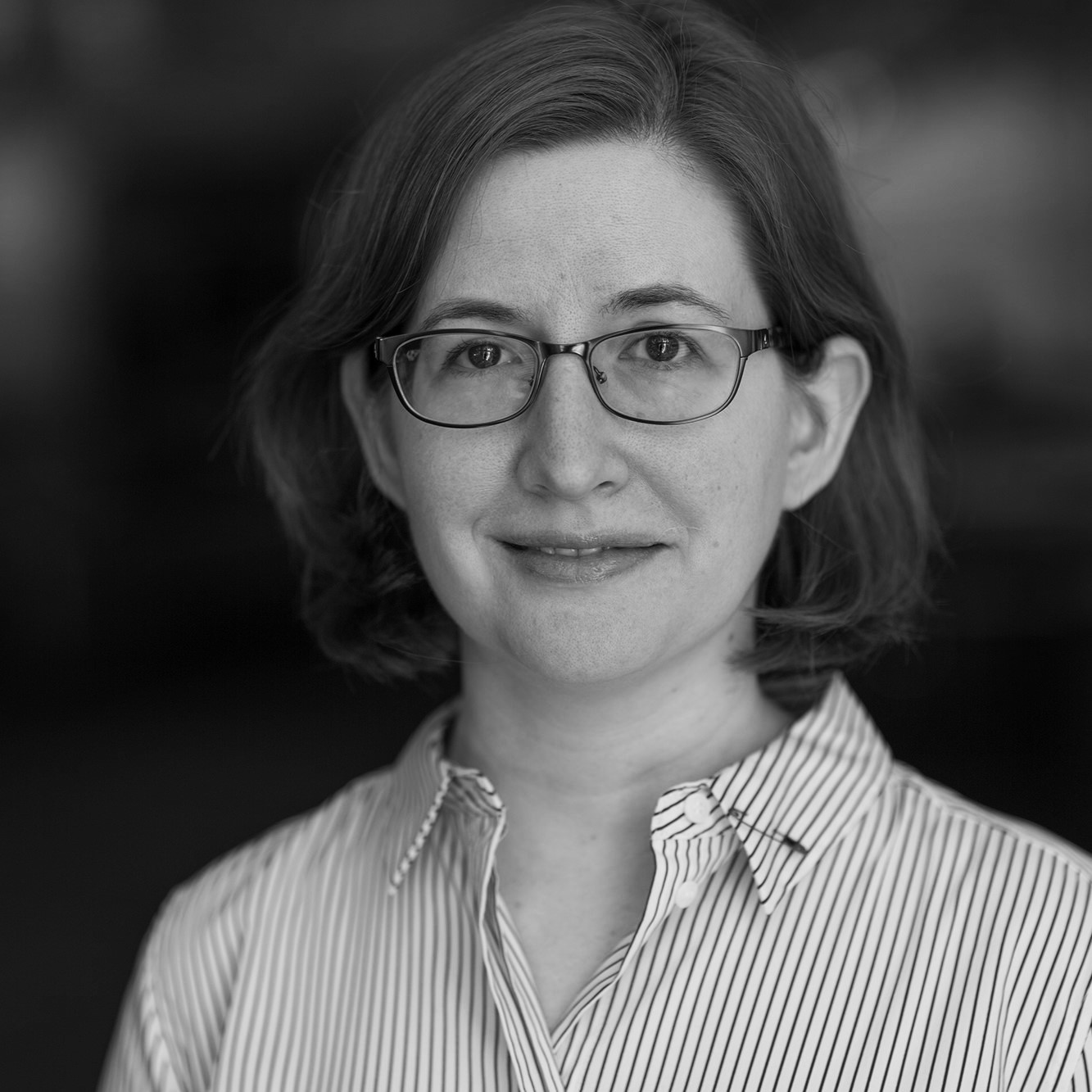
Natural Language Processing researcher with over 15 years of experience managing teams and products. Director of Davis Institute for AI at Colby College.
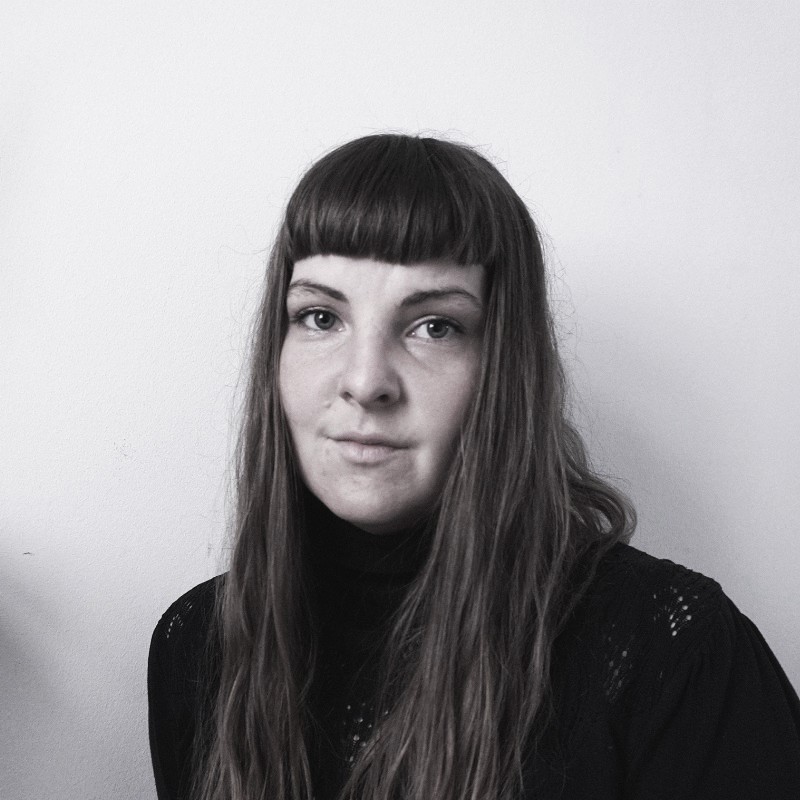
Danish artist based in Den Haag, with a fascination for systems thinking and ecology. A keen interest in opening up the artistic practice toward science and the public.

The Holt/Smithson Foundation continues the investigative spirit of the artists Nancy Holt (1938-2014) and Robert Smithson (1938-73) by developing innovative explorations of our relationship with the planet.

Computer Science
Student at Colby College
Class of 2023
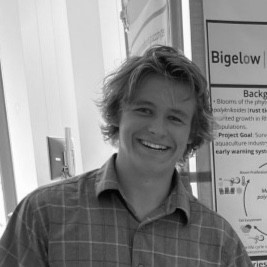
Computer Science
Student at Colby College
Class of 2024

Computer Science & Anthropology
Student at Colby College
Class of 2026